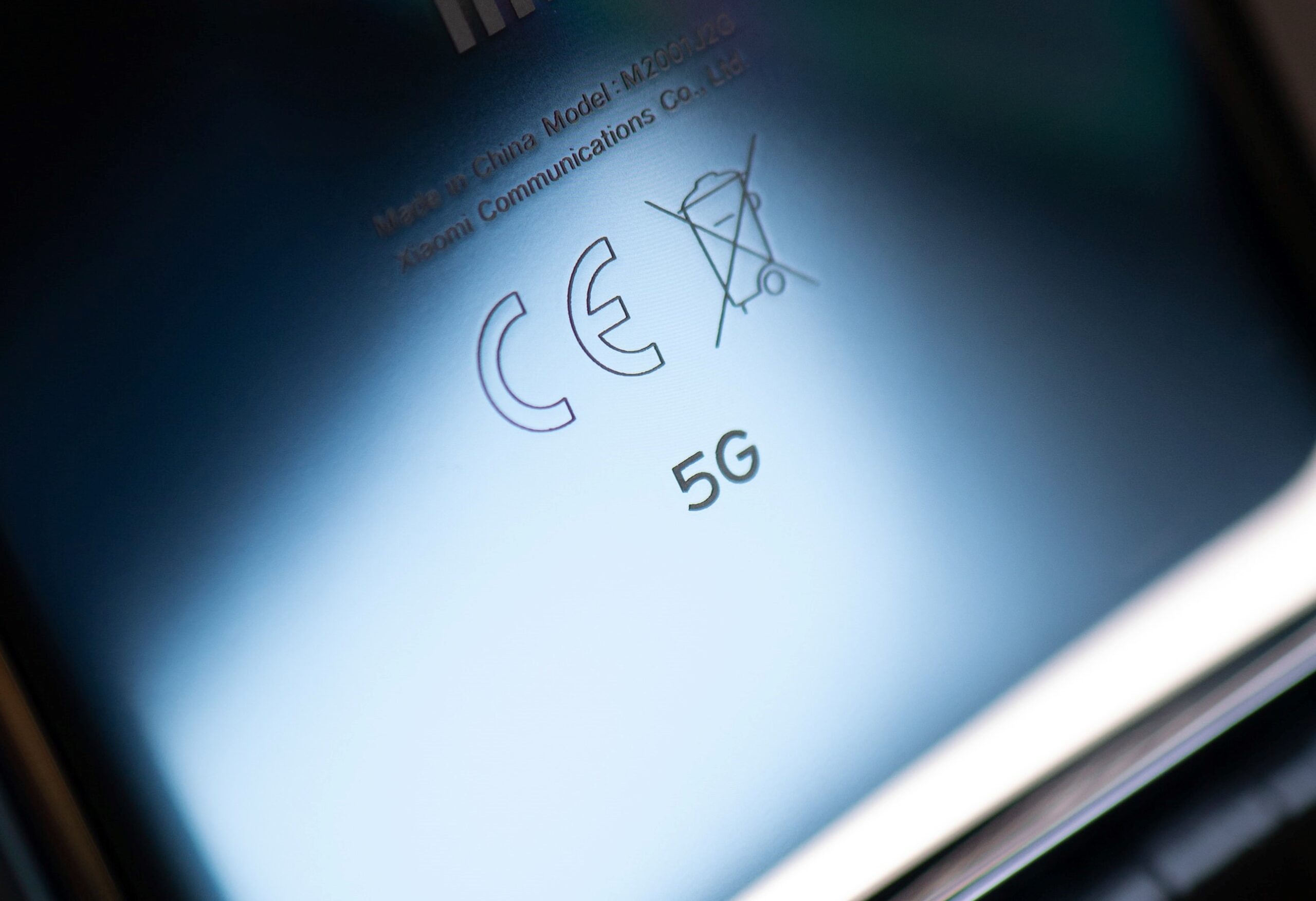
Cambium Networks explains the advantages of 5G technology
Beyond 5G mobile telephony, the 5G name refers to the fifth generation of wireless communication and mobile network technologies and standards. The evolution and most important feature of 5G is that it will offer unprecedented multi-gigabit speeds, up to 10 times more capable than current fiber optic offers on the market.
In addition, 5G will enable the possibility of connecting more devices with great speed, reliability and quality, and will be able to use audio and video applications more quickly. For example, a user will be able to download movies in a matter of seconds/minutes. In parallel, it will usher in the next level of IoT (internet of things) and M2M (machine-to-machine) communications, thanks to the system offering lower latency and higher data throughput. connect multiple devices simultaneously. To all this will be added the enabling of new frequencies, such as 28 GHz and 60 GHz, for very high-capacity fixed connectivity applications.
“5G mobile telephony and fixed 5G technology (FWA) compete and complement each other,” said Javier Gómez, Regional Director of Cambium Networks for Iberia and the Mediterranean. “They compete, offering similar services and capabilities, accessible from 5G networks or through WiFi 6 and complement each other because many 5G networks rely on fixed wireless connections based on 5G technology.”
According to Gómez, the deployment of 5G mobile phone networks is very expensive and will be more progressive than expected “to cover the same territory, five 5G towers are needed for each 4G tower. However, today you can have Gigabit Internet access in a shopping center through wireless networks and WiFi6”.
The deployment of 5G infrastructures in regions around the world is a global trend. However, society is still not aware of the enormous potential of this technology. What exactly is 5G? How will life improve? What are the concerns that need to be addressed before it is widely adopted?
A good example is the Internet of Things applications in the industrial world. Many facilities are in remote locations, and most are in the process of going digital. There will be thousands of sensors and devices in each industrial facility, which will allow the automation of the entire infrastructure in verticals such as: energy, water and waste management, oil and gas industry, as well as transportation and security. The automation and control of different sectors will accelerate exponentially.
The Covid-19 pandemic increased the need for a high-capacity connection, which crucially influences people’s lives. An influence that affects both the professional field, with the use of multiple video call and collaboration platforms, and personal life, especially in fields such as entertainment in the form of streaming (music, videos, etc.), games or triple play (voice, data and video).
You may also like
Categories
- Android (3)
- Antivirus (1)
- Artificial Intelligence (AI) (20)
- Automobili (6)
- Bitcoins (6)
- Blockchain (8)
- CAREER (18)
- Cloud Computing (15)
- Cybersecurity (28)
- DEVELOPMENT (20)
- Digital Transformation (62)
- EDUCATION (20)
- FINANCE (99)
- HEALTHCARE (98)
- Home Security Systems (2)
- IGAMING (12)
- Internet of Things (IoT) (28)
- Laptops (8)
- NEWS (351)
- Printers (2)
- PRODUCTS (90)
- RETAIL (31)
- Routers (8)
- SECURITY (60)
- Servers (13)
- SERVICE (12)
- Smartwatches (2)
- Storage (2)
- Streaming Devices (13)
- SUSTAINABILITY (56)
